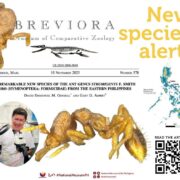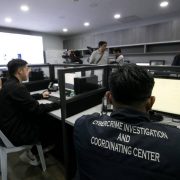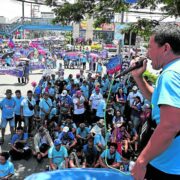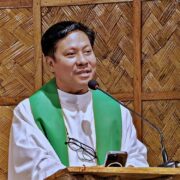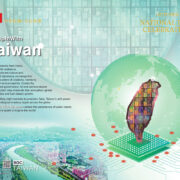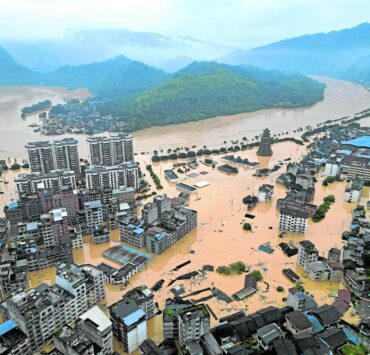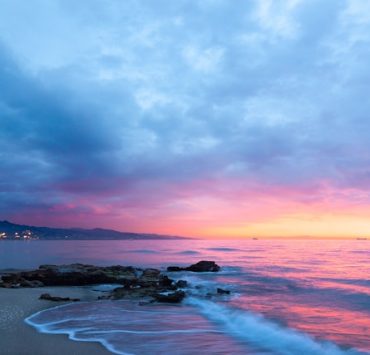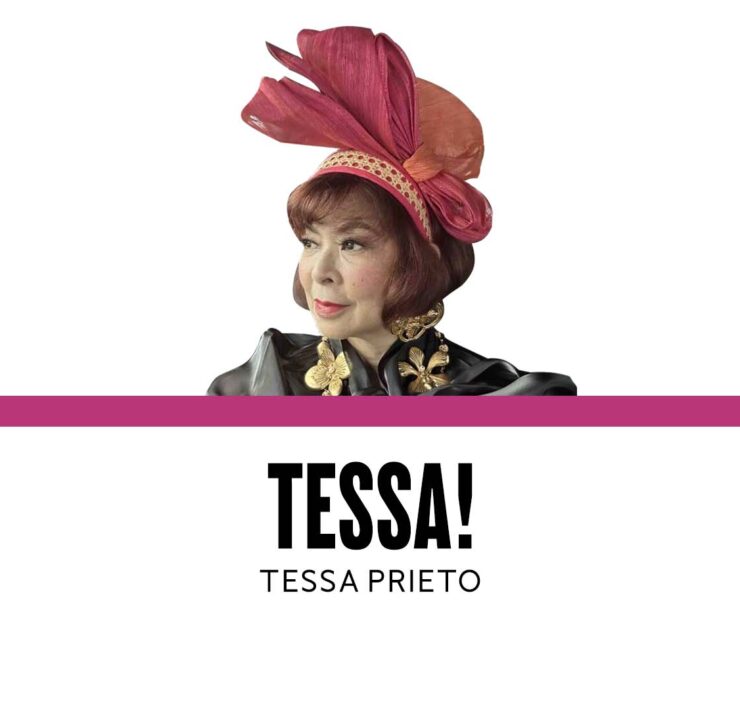Proud moment for PH at Expo Osaka 2025
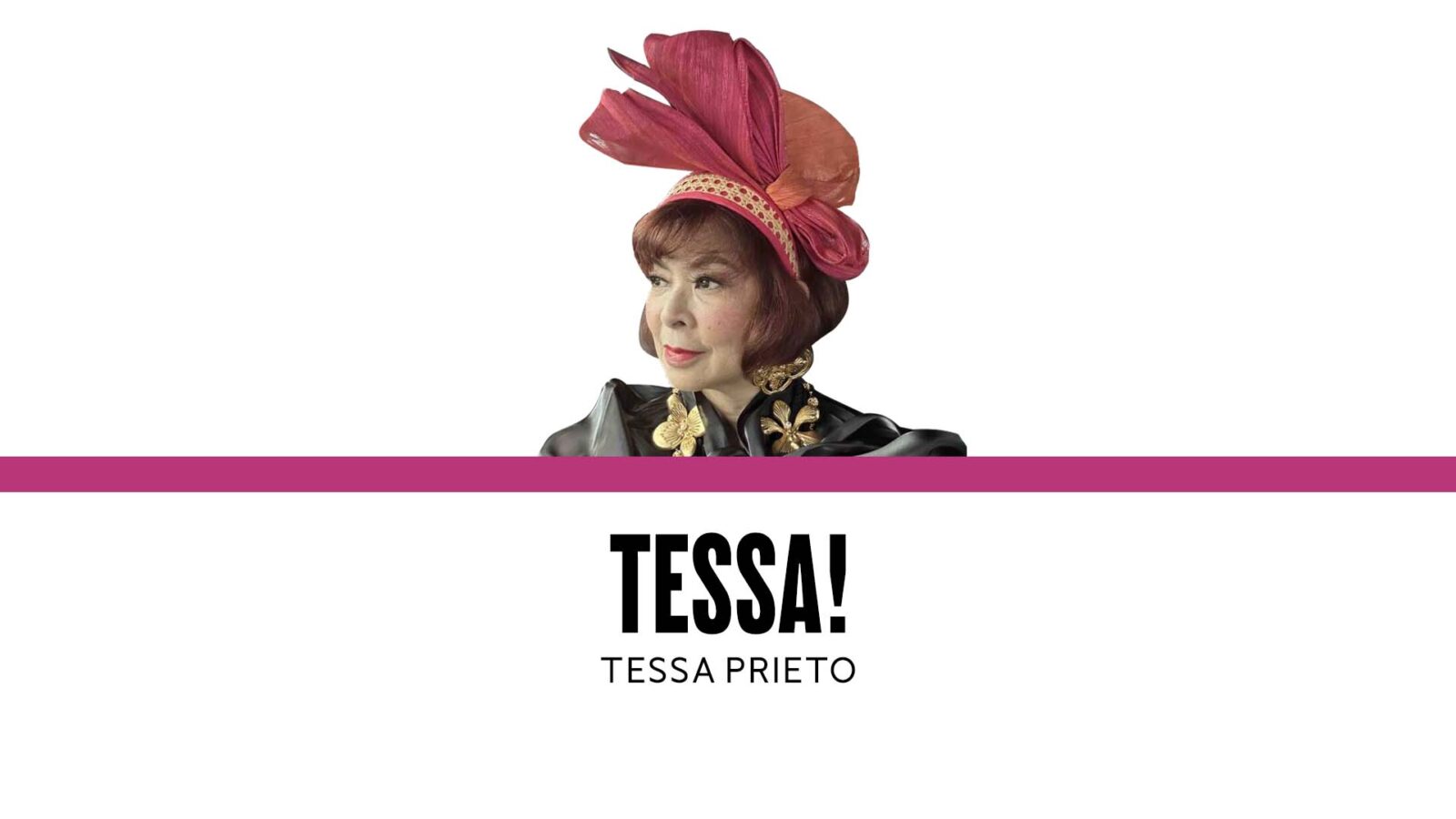
“Justice is truth in action.” —Benjamin Disraeli
The Philippines takes much pride in Expo Osaka 2025 with its uniquely designed pavilion showcasing our culture, heritage, and natural wonders. The Philippine Organizing Committee—led by the Department of Tourism and the Tourism Promotions Board (TPB) Philippines—commissioned a visionary design team with Carlo Calma to create an interactive exhibit that features our beaches and mountain ranges.
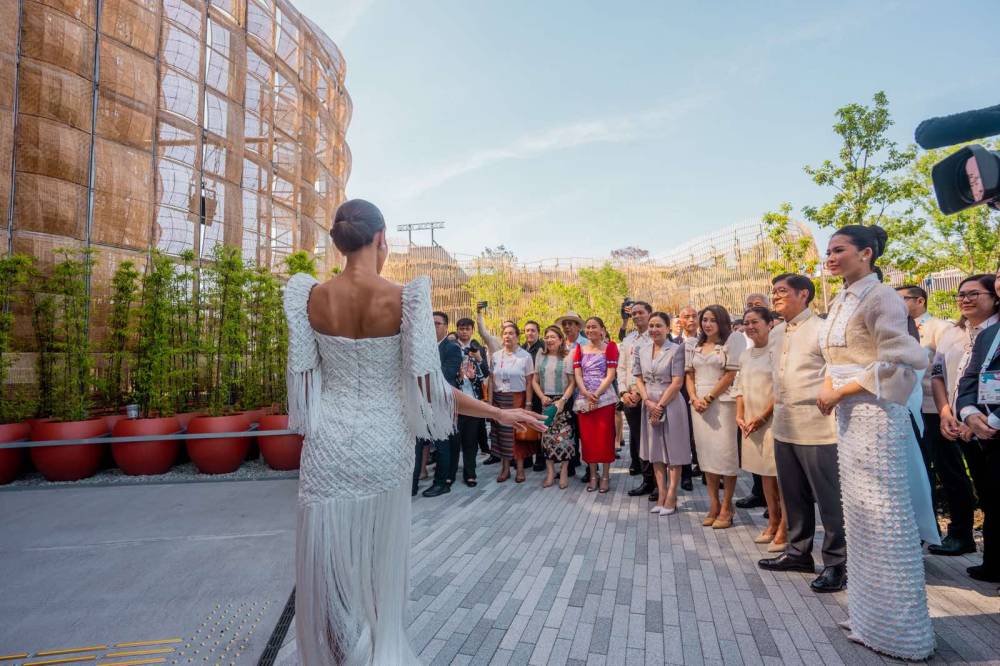
One of the most visited attractions at the Expo, the Pavilion has drawn over 370,000 guests in just two months with its immersive celebration of Filipino identity, sustainability, and design.

On invitation of Cultural Center of the Philippines chair and Red Charity Gala partner Kaye Tiñga, I joined the group at the Expo for a one-day visit. President Ferdinand Marcos (BBM), accompanied by first lady Louise “Liza” Araneta Marcos, visited the Philippine Pavilion on the same day.

The visit placed a spotlight on the Philippines’ vibrant creative spirit, with President Marcos witnessing firsthand the first-ever live performance façade at a World Expo for the Philippines. This was followed by a fashion show featuring modern Filipiniana looks by designer Michael Leyva, seamlessly blending tradition with contemporary flair. The program also included cultural performances from across the archipelago, offering a multisensory journey through the country’s diverse stories and living heritage.
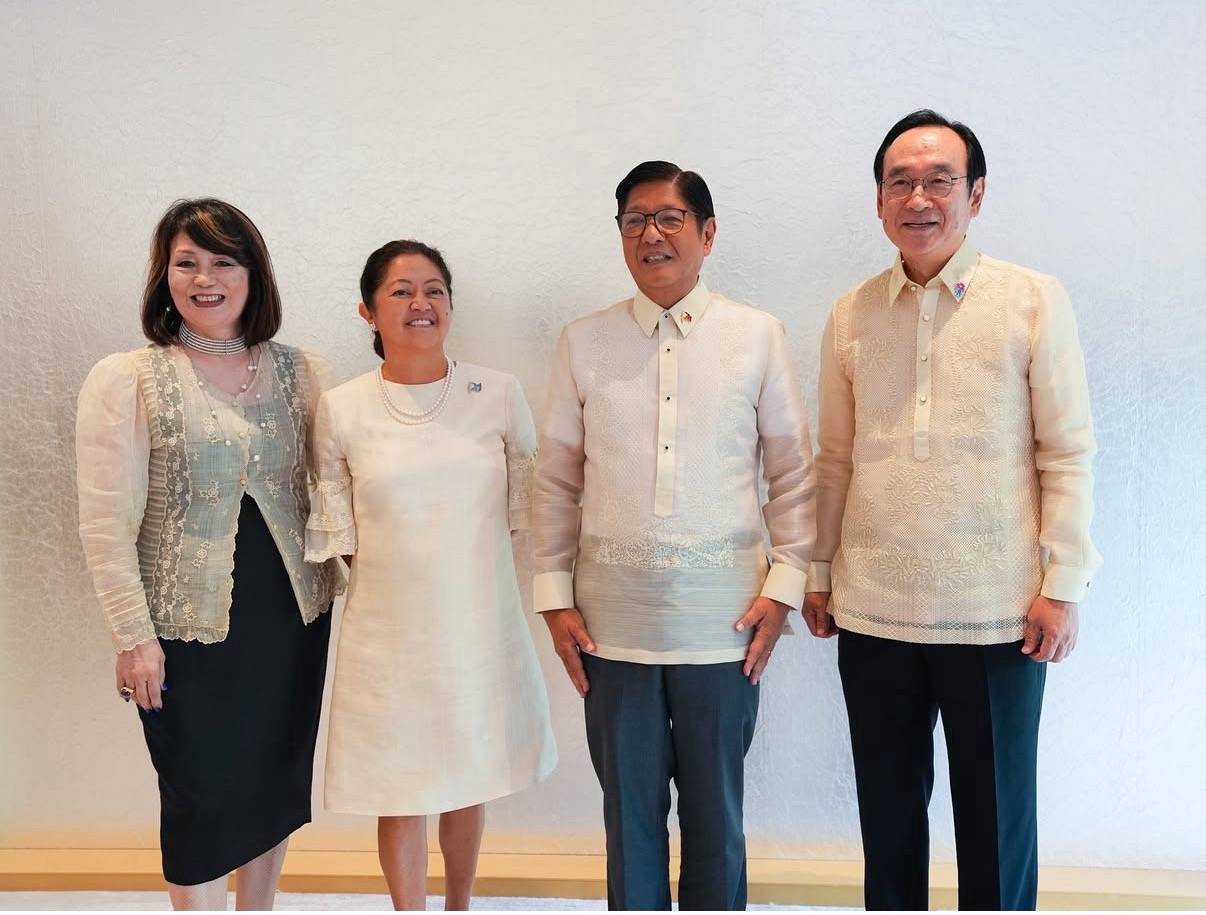
President Marcos toured the Pavilion’s striking façade, composed of over 200 handwoven panels crafted by master artisans, representing the largest collaboration of Filipino weavers ever assembled for a global exhibition. Made from indigenous fabrics such as t’nalak, piña, inabel, and more, each textile narrates tales of cultural resilience, artistic mastery, and intergenerational knowledge.
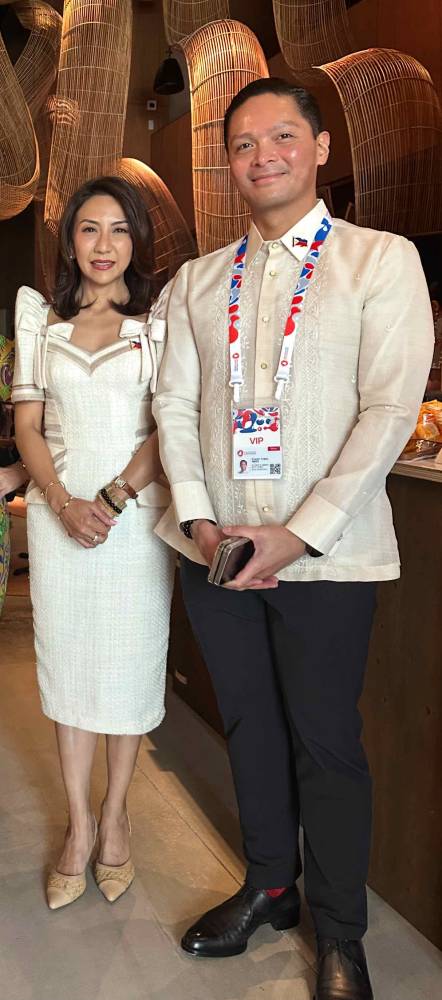
Tarsier-inspired mascot
Inside, the President explored the Pavilion’s interactive features, including the “Dancing With Nature” installation, a high-tech artifial intelligence photo booth, and the Habi Gift Shop and Hain Take-out Counter, which showcase Filipino products, flavors, and craftsmanship. Adding a whimsical touch to the visit, the presidential couple was greeted by Kokoro-chan, the Pavilion’s tarsier-inspired mascot.
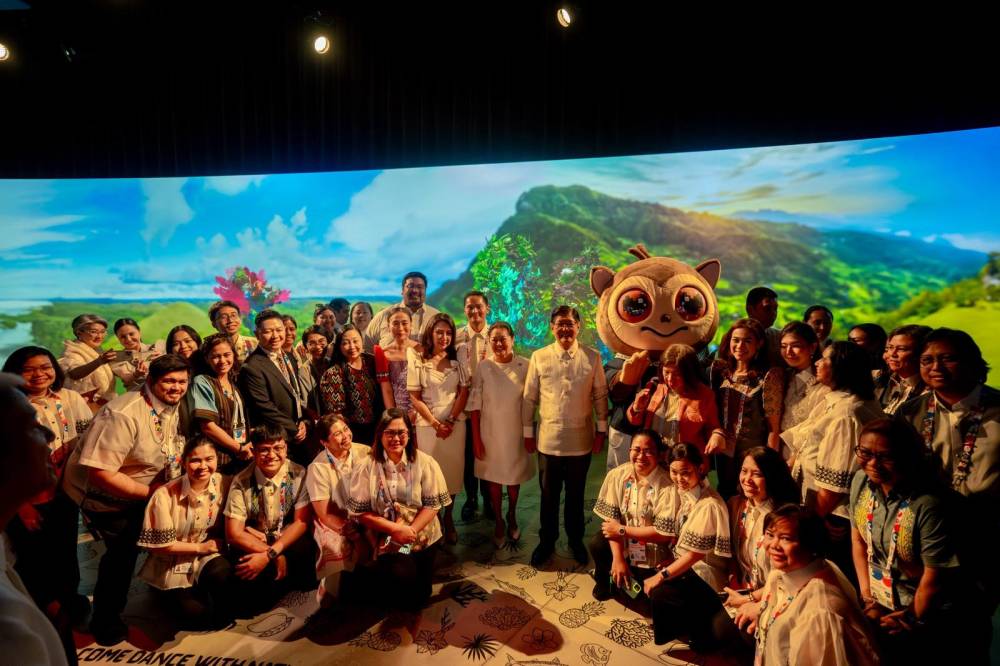
In a statement, TPB chief operating officer Margarita Nograles, who also serves as secretary general of the Philippine Organizing Committee, said that BBM’s visit reaffirms our belief in culture and creativity as powerful tools of diplomacy.
The Philippine Pavilion is anchored on the theme “Nature, Culture, and Community: Woven Together for a Better Future,” reflecting the country’s commitment to sustainability, community, and cultural preservation. In answer to the Expo’s core call—“Designing Future Society for Our Lives”—the Pavilion invites the global community to see innovation through the lens of heritage and humanity.
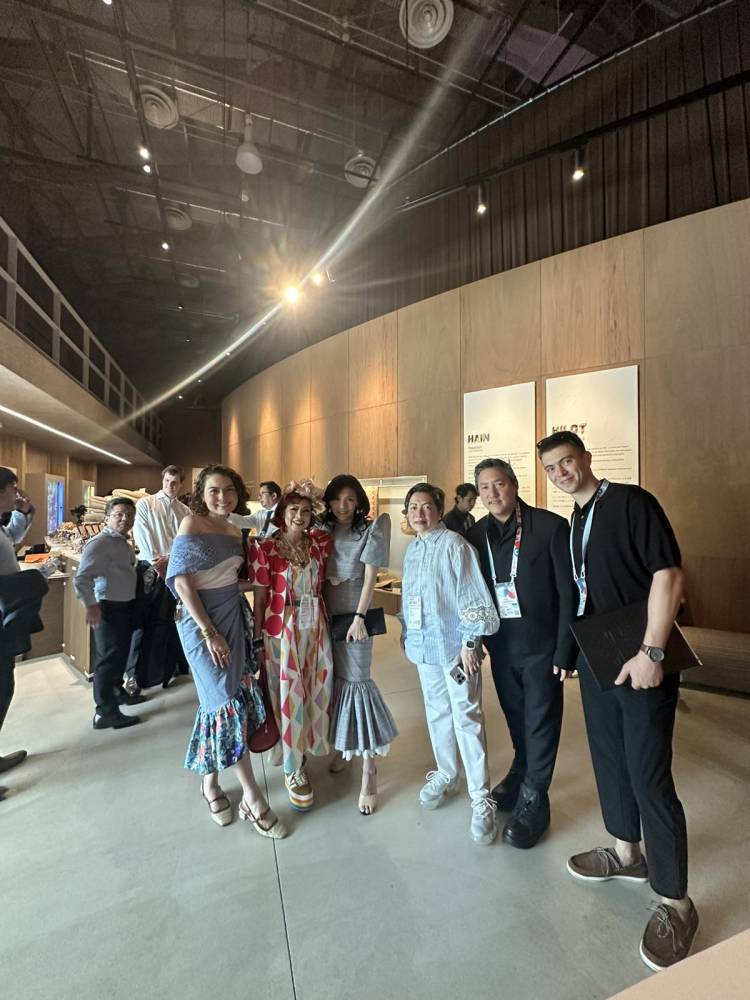
The visit follows an invitation extended by Japan Prime Minister Shigeru Ishiba during his official visit to the Philippines in April, and underscores the growing cultural and diplomatic ties between Japan and the Philippines.
Expo 2025 Osaka runs until Oct. 13. I will try to visit again to check the other pavilions.
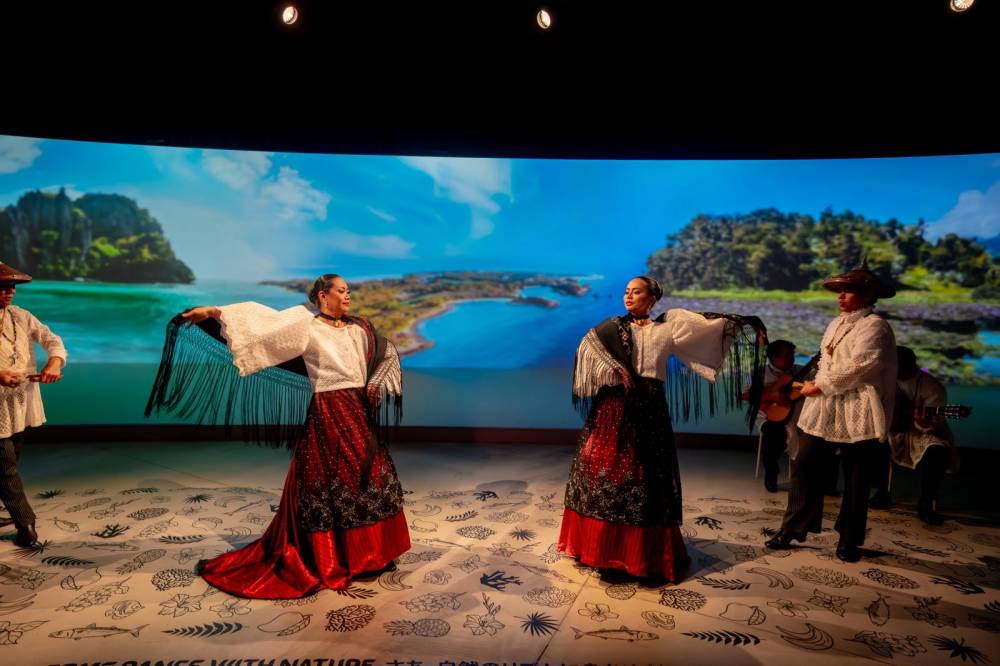
At the Expo, I was able to reconnect with former Japan Ambassador to the Philippines Koji Haneda and his lovely wife Ihoko Haneda. We shared memorable stories of lunches at their residence and golf at Manila Golf. Ambassador Haneda was instrumental in helping the Philippines secure a central location at the Expo.
After the Philippine Pavilion visit, I headed to the only gallery at the Expo, Mondejar Gallery, to view the exhibition of 6,500-year-old subfossil oak trees. A global symbol of unity and climate awareness, this installation invites reflection on time, nature, and our shared responsibility to protect the planet.

Diversity and artistry
The Forest of Civilizations Exhibition is at the center of the Expo for all visitors to marvel at these subfossil oak trees. They are available through Mondejar Gallery and can be purchased online. (Check out their web link at mondejargallery.com/exhibitions/subfossils.)
Thanks to Mondejar Gallery owner Minerva Mondejar Steiner, I was able to arrange one oak tree for the Philippines. After careful selection, Tomas Rothschein marked the special one for our country.
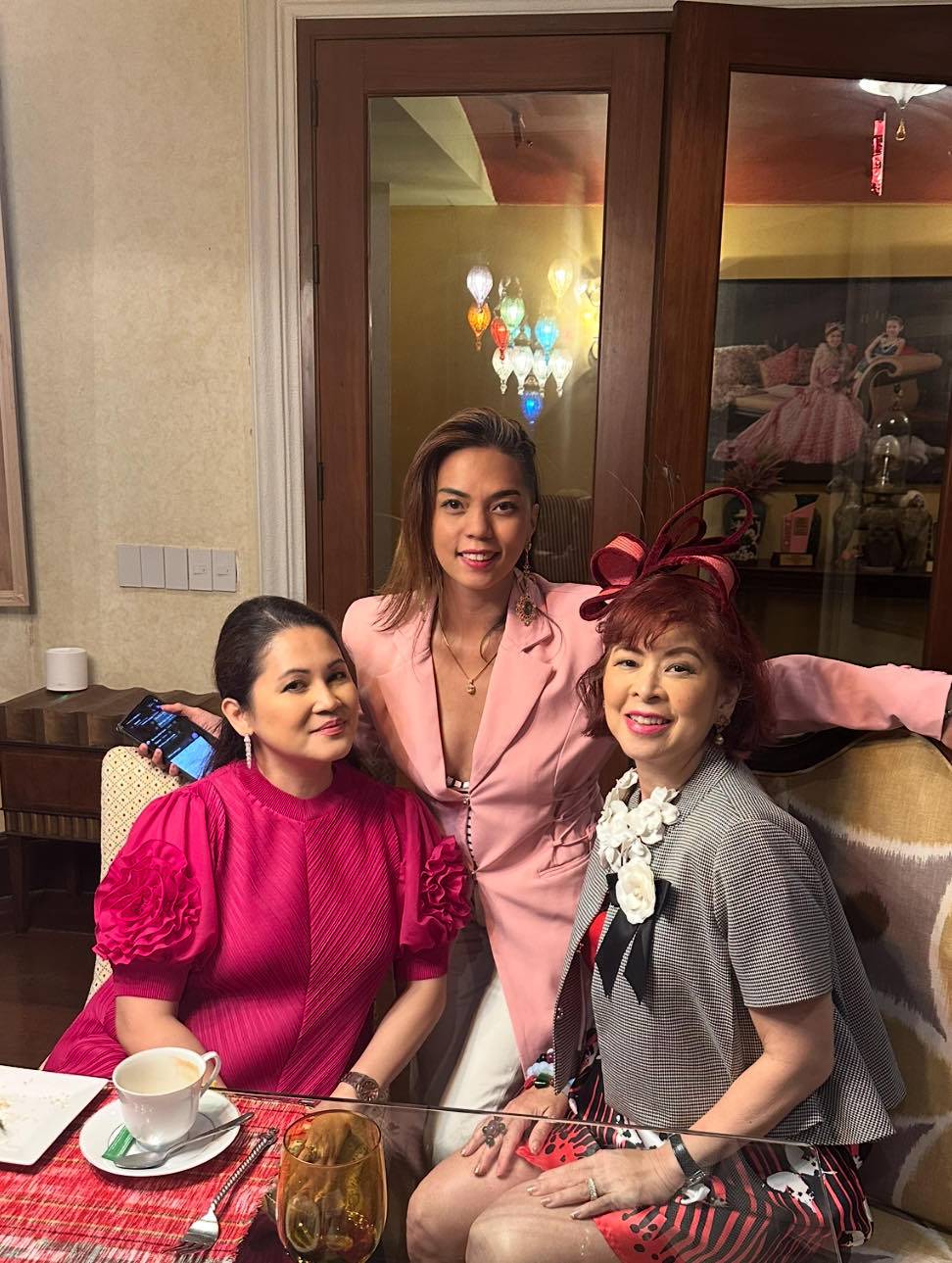
I invited Minerva to lunch, where she talked about her foundation to help build a school in her hometown, Tacloban. I am looking forward to doing joint projects for charity.

Since I was in Japan that weekend, I was not able to attend the grand reception of Kartini Asia Gallery’s latest art exhibit titled “Celebrating Filipino Art” at the Palms Country Club (For inquiries, text or call Ria Malvar at tel. 0926-6899014 or Instagram @kartiniasiagallery).
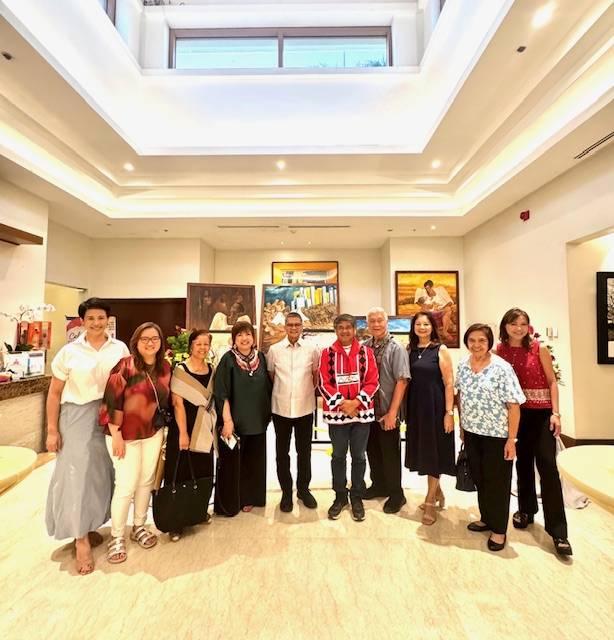
The exhibit showcases the rich diversity and artistry of Filipino art and the immense talent of Filipino artists. Exhibit run is up to June 29, and is timed and themed with the Philippine Independence month celebration.
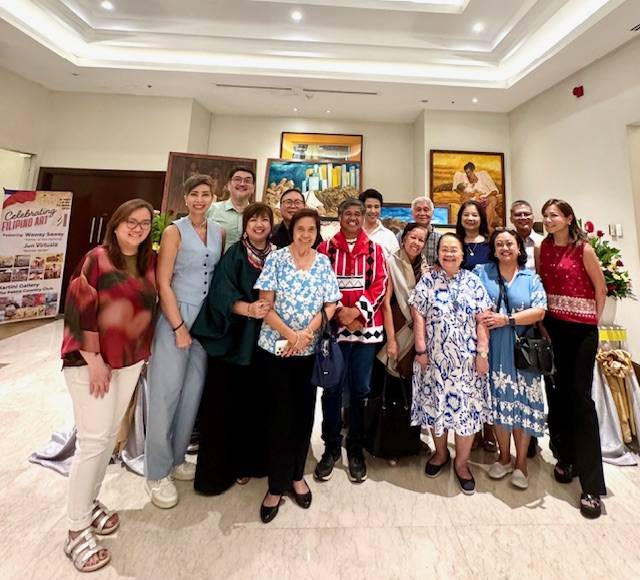
The exhibit features two celebrated artists: Jun Virtusio, well renowned for his poignant compositions of the Filipino way of life amidst poverty, with his mother as his hero, depicting large figurative renditions in vivid colors that somewhat evoke the joy of hope and love; and Waway Saway, the Father of Soil Painting in the Philippines, of the indigenous Talaandig Lumad community of Bukidnon, Mindanao.

It also features the works of Kartini Gallery artists: (+) Rene Robles, Jojo Garcia, Bert Monterona, Gilbert Angeles, Reynan Dingal, Waldz Villanueva, Bea Robles, Arnel Mirasol, Mon Villanueva, Jess Dinglasa, and Prudencio Lamarroza.
To celebrate Philippine Independence Day at the Expo Osaka 2025, I wore a colorful terno by Noel Crisostomo. I wore the same outfit at my recent hearing at Makati City Hall. It must be a lucky terno, because justice is at hand, but I will continue to pray!


